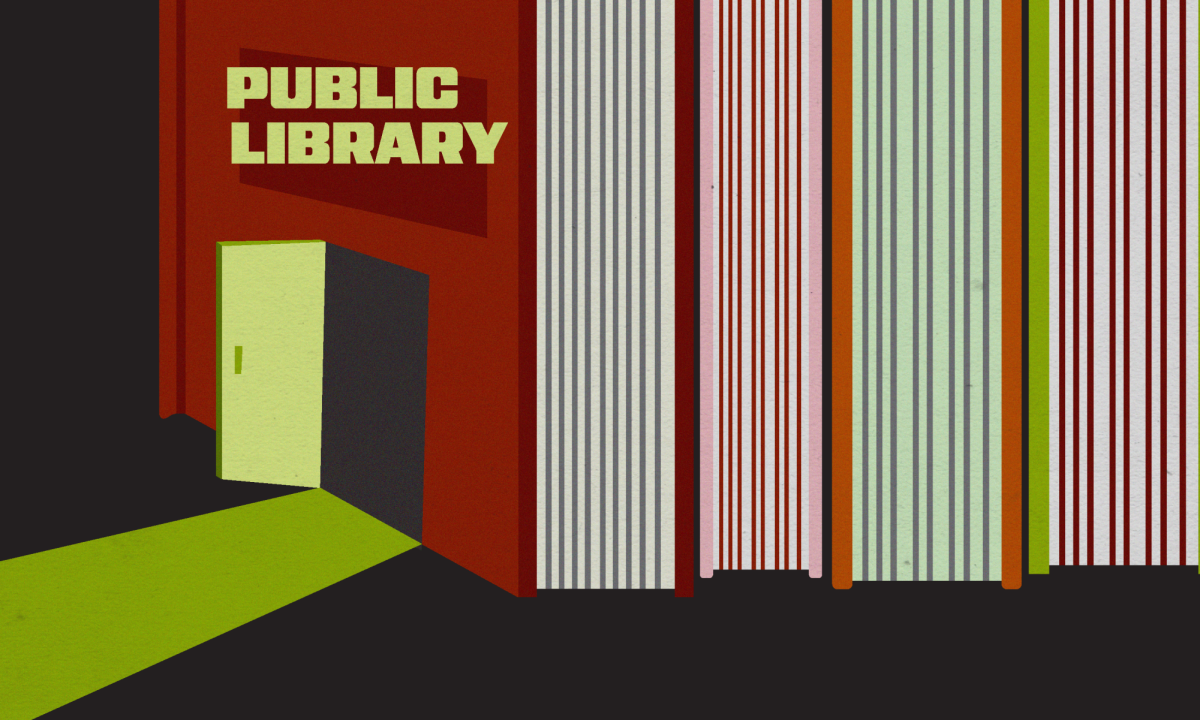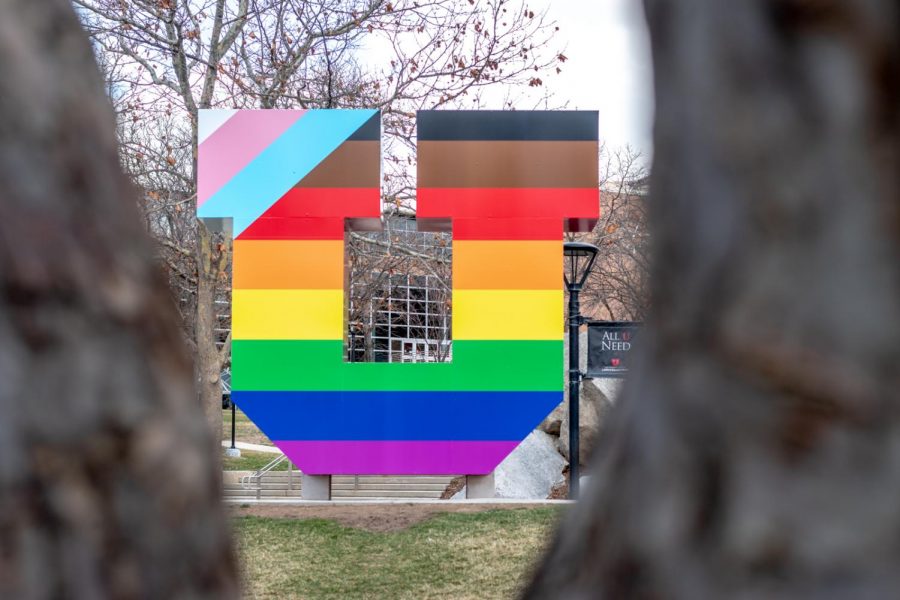Every student must take general education classes to graduate from college and by sitting in on a supplemental instruction, students are likely to receive a higher grade in those courses than their peers.
Supplemental classes are free group study sessions held three times a week for general education courses such as biology, math and psychology.
Statistics complied by the U’s Supplemental Instruction office show that students who participate in these classes receive higher grades on average than students who don’t.
About 85 percent of students attending the classes received an A, B or C grade, compared to the 67 percent of students who did not attend supplemental classes, said Tina Hatch, director of the Supplemental Instruction program. In fact, students who attended supplemental instruction improved their grade by .5 points on average, Hatch said.
“SI helps students deepen their understanding of the course material and become active learners — a skill they can carry onto other classes,” Hatch said.
Classes, however, are not just tutoring sessions or lectures. Other students who act as supplemental leaders attend the classes with the students and then provide instruction on difficult concepts or topics students have questions on.
Furthermore, leaders have a lesson plan designed to help students learn the most from each session, Hatch said.
“I think the really great thing is the leaders are students who have already taken the class and they know what is hard for students,” said JuleeAnn Sudbury, a Supplemental Instruction chemistry leader.
Supplemental instruction originally started in the 1970s for medical students and were later implemented for general education courses in 1985.
“When choosing courses (for SI) we look at a few criteria: course size, if it is a gatekeeper course and courses that have high failure, withdrawal and D rates,” Hatch said.
There are about 1,200 students enrolled in supplemental instruction today, Hatch said.
“SI really helped me get the most out of my course. I went all the time when I had an SI course,” said Marianne Cannon, who is now a supplemental psychology leader.
The additional classes provide a place for students to get more personalized attention so that they better understand the material.
“In classes of 300 or 400, students often get lost,” Hatch said. “It is a great experience to study with other students in the course and be able to ask questions that you wouldn’t normally feel comfortable asking.”
For more information or a list of current SI classes visit www.sa.utah.edu/lep.











